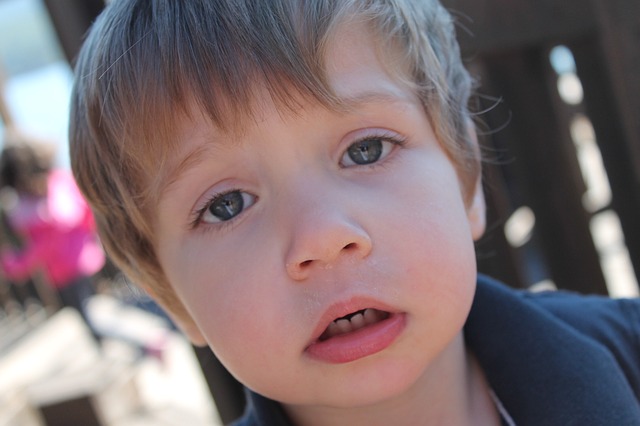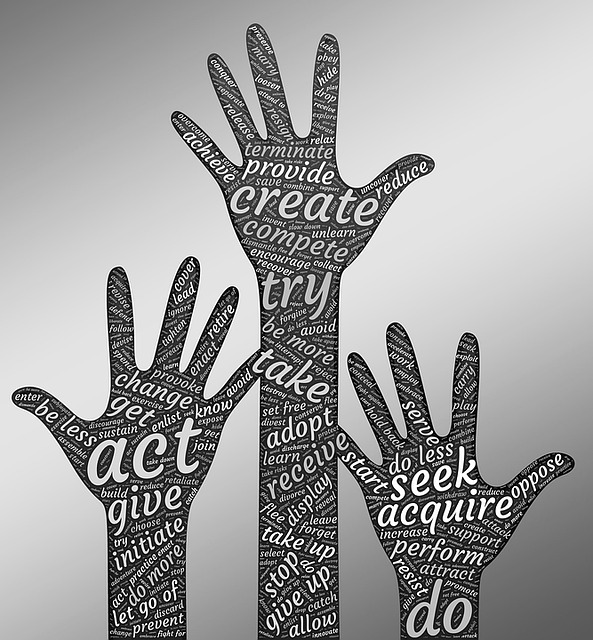Tami Simon recently interviewed Stephen Cope, author of the book, The Great Work of Your Life: A Guide for the Journey to Your True Calling. Stephen has also produced an eight-week course, Your True Calling, which is available online at Sounds True.
In the interview podcast, Stephen addressed the question, “How do I find my true calling and make a difference in the world?” This question can be phrased in action terms, “How can I work out how to act in the world in line with my true purpose?”
At the outset, Stephen addresses the very real issue of what he calls, “doubt paralysis”. We can be frozen in doubt, unable to take a step forward and uncertain that what we are doing is the right thing for us to do. This can lead to “paralysed action” – where we are not taking up the numerous opportunities to move forward, but standing still.
Determining a path of action in line with your true purpose
Stephen draws on the famous book, Bhagavad Gita, to provide some guidelines on how to find your true calling and head off on an action path that aligns with it. In the process, he discusses the “four-stage path of action” described in the Bhagavad Gita. I discuss these four stages below in terms of discernment, alignment, release and elevation.
- Discernment – ascertaining your true purpose by identifying what is unique about you, your past life and experience and your special skills and talents. An associated question is, “What are you uniquely equipped to do?” The present stage of your life, your location and conditions in your external environment, can point the way for your unique contribution in the world. Meditation practice can help you clarify your true purpose.
- Alignment – focusing all your energies on your identified life purpose. Stephen calls this stage “unified action”. It is about aligning all your activities behind your unique calling – letting go of some things you currently do and intensifying your commitment to others that are more aligned to what you want to contribute to the world. Integration or unification of action brings with it a focus and concentration of effort which, in turn, attracts support and resources. You begin to see things that can support your endeavours – things that you did not notice before.
- Release – Stephen describes this stage as “letting go of outcomes”. This requires being free of specific goals and avoiding measuring yourself against them. It entails not judging your success by whether or not you achieve specific outcomes. Outcome focus can feed your doubts, particularly if you make a mistake at some point. The release comes from letting go of fixation with outcomes and moving forward in line with your purpose. Desired outcomes will be achieved if you realise alignment with your discerned purpose.
- Elevation – Stephen suggests that this stage involves turning everything over to the divine, however you define divinity. If you are not spiritually orientated, it means finding a higher purpose beyond yourself and your activity that you can relate to. This may mean linking into a individual or group that has a purpose aligned to yours but are taking action on a more global basis.
As you grow in mindfulness through different forms of meditation practice, you will gain clarity about your life’s purpose and attract support and resources to enable you to achieve alignment of your activities and release from the shackles of doubt and an outcome focus.
By Ron Passfield – Copyright (Creative Commons license, Attribution–Non Commercial–No Derivatives)
Image source: courtesy of cocoparisienne on Pixabay
Disclosure: If you purchase a product through this site, I may earn a commission which will help to pay for the site, the associated Meetup group and the resources to support the blog.












